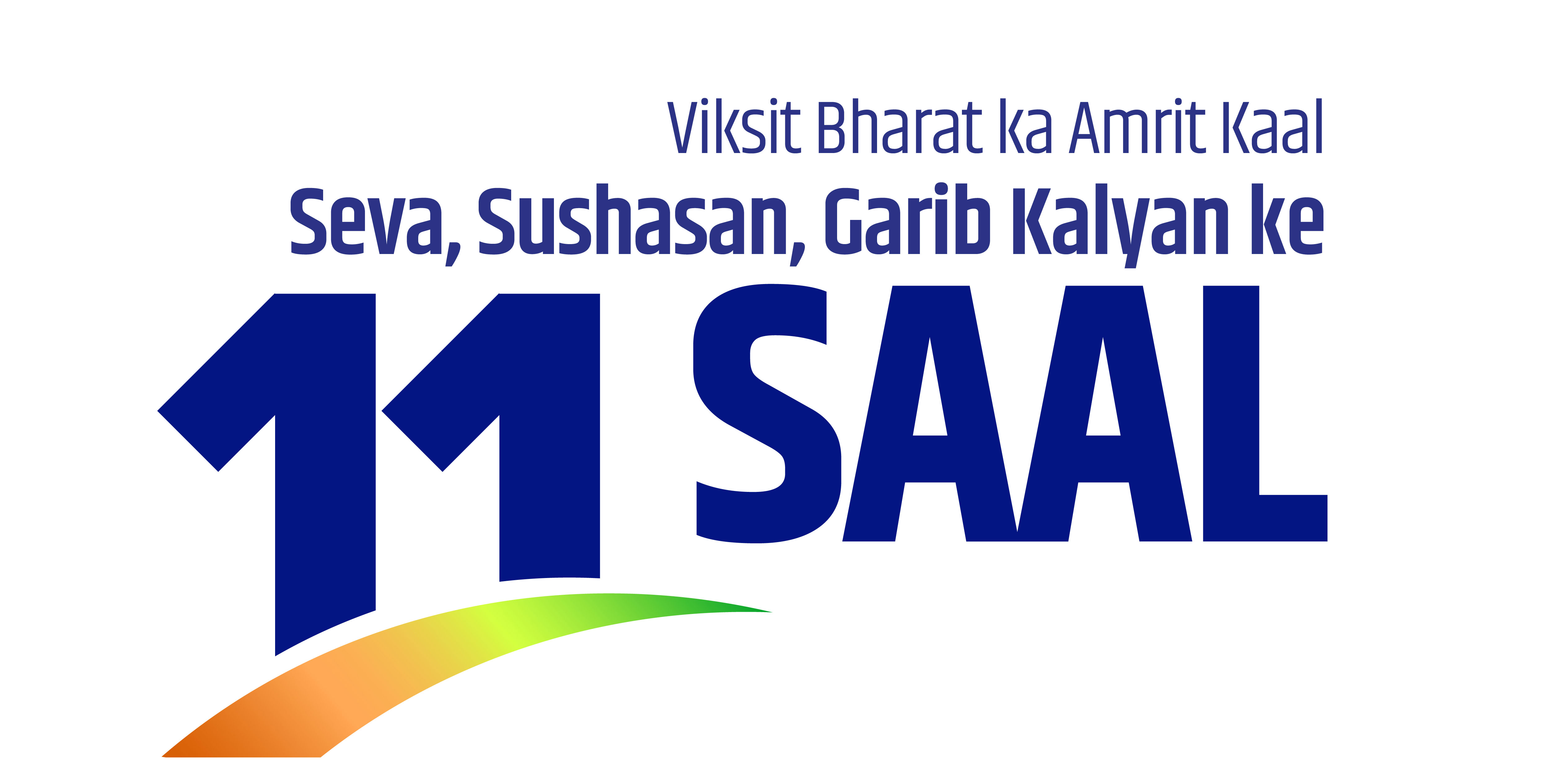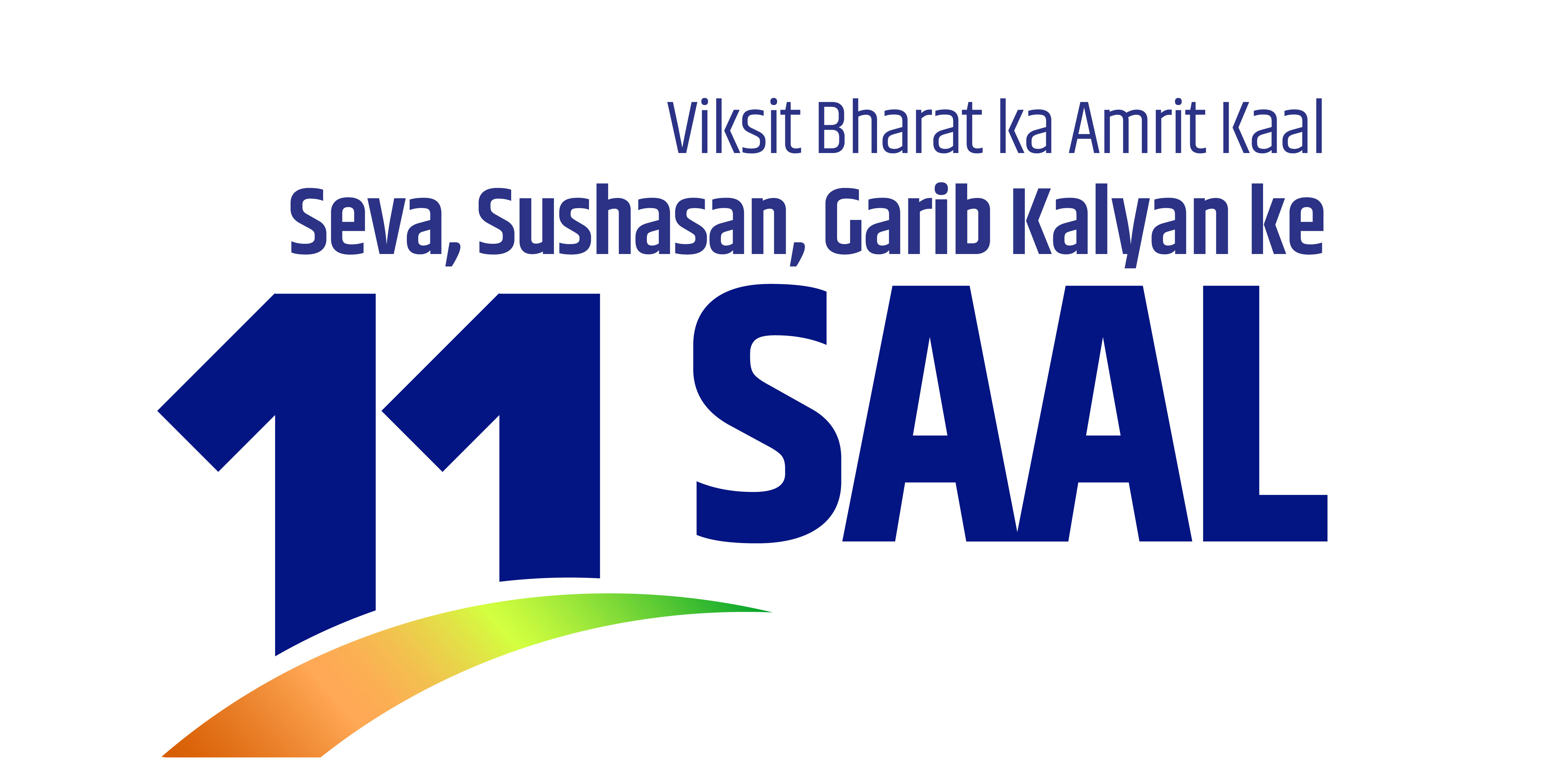

Achievements
- Serving The Poor, Honouring The Marginalised
- Empowering India's Amrit Peedhi
- Ensuring Farmer Welfare
- New momentum for Nari Shakti
- Advancing India's National Security and defence
- Infra at Speed and Scale
- India's Enduring Tech-Prowess
- India: A Global Economic Powerhouse
- Affordable, Accessible Healthcare For All
- Northeast India - A Growth Engine
- Ease of Doing Business
- Vishwamitra : A friend to the world
- Ease of Living For Middle Class
- Conserving Cultural Heritage
- Propelling LiFE Environment and Sustainability
Twin Feathers in Modi Government’s Cap - Fastest Economic Growth & Lowest Inflation
2019-03-27 16:16:00
Economic growth and inflation are two important parameters to understand how well the economy is doing and whether the fruits of economic growth are actually being delivered to common citizens, especially the poor and middle class. Growth is important to expand the size of the pie and inflation needs to be tamed to ensure everyone can afford their share of the pie.
A good way to measure how successful governments have been in managing the economy would be to see how growth and inflation did in their tenures.
| Period | GDP Growth | Inflation | Prime Minister |
| 1991-92 to 1995-96 | 5.1 | 10.2 | P. V. Narasimha Rao |
| 1996-97 to 1997-98 | 5.8 | 8.1 | H. D. Deve Gowda / I. K. Gujral |
| 1998-99 to 2003-04 | 5.9 | 5.4 | Atal Bihari Vajpayee |
| 2004-05 to 2008-09 | 6.9 | 5.7 | Manmohan Singh |
| 2009-10 to 2013-14 | 6.7 | 10.1 | Manmohan Singh |
| 2014-15 to 2018-19 | 7.3 | 4.6 | Narendra Modi |
In the post-independence era until 1990-91, in a constricted and constrained economy, India’s GDP had grown by a little over 4 percent with per capita income rising by about half of this rate each year. However, against this growth rate, the inflation or, more specifically the Consumer Price Index for almost a two-decade period from 1969-70 till 1990-91 had risen by 8.2%, almost the double of the growth rate.
Then, liberalisation happened and growth got some impetus and started to inch upward. But inflation remained a problem.
It was finally under Vajpayee ji’s government that average growth per year almost touched 6 percent. India’s growth numbers really took off in his government. Moreover, his government, as opposed to earlier post-liberalisation governments had begun to bring inflation down. In fact, it was brought to an average of 5.4 percent per year, while his predecessors’ governments could never bring it under 8 percent.
So, the UPA’s first term inherited a nearly booming economy with improved inflation numbers.
UPA – Some Growth but for Whom?
UPA II clocked an average growth rate of 6.7 percent but with ridiculously high inflation rate of 10.1 percent. This had chipped away any little so-called fruits of growth that could have been possible for the common man. A disproportionately high inflation rate directly impacts the purchasing power of the poor especially. If the average inflation itself is in double digits, one can imagine how excruciating the peaks must have been for the people.
Inflation is also a function of how the public finances are run, how the economy is managed, how resources are allocated and how policy decisions are taken, the examples of which were seen in the big-ticket scams of the UPA-II regime.
So, for the common people this was a double whammy - while they saw money vanishing out of their pockets rapidly due to high inflation, the ruling government and its cronies were seen indulging in scams of astronomical sums. No wonder then, that the UPA was rejected by the people.
It is important to remember that the UPA left behind a slowing economy and high inflation for the Modi government, whereas what they received when they came to power was the exact opposite.
Modi Government: Taking Growth to the Grassroots
Contrast this with the situation during the present government. Against an average GDP growth rate of 7.3 percent, inflation has been tamed at a modest 4.6 percent. Not only this, the average GDP growth of 7.3 percent during the five years of present government is on a much larger base than that of its predecessors.
This means that the Modi Government has clocked the highest average growth rate along with the lowest average inflation rate.
India became the fastest growing major economy in the world during the Modi government’s tenure. However, what is striking here is the relative differential between growth and inflation rates. A ‘high growth, low inflation’ economy is the best proposition that every economist would vouch for. It means that the policymakers have not only ensured high growth but they have also ensured that the fruits of high growth get transferred to the lowest common denominator while making life better for all sections of people.
In other words, this is not merely about growth as a statistic, it is about transformative growth bringing about real changes in the lives of the people of this country.
Therefore, apart from maintaining an exemplary fiscal discipline, promoting a more conducive climate for business all around as evident from consistently rising rankings in terms of ease of doing business, a frontal assault on corruption and above all, taking a long-term view of the economy through structural reforms, the government of the day has signalled its intent of truly taking growth to the grassroots.
The comparison between the earlier UPA government and the Modi government is not just a comparison between a ‘lower growth, higher inflation’ government and a ‘high growth, low inflation’ government. It is also a comparison between the UPA government that received a healthy economy but left it in doldrums and the Modi government that received a troubled economy but rebuilt it to a healthy state, poised for a massive take-off. To ensure this take-off happens, the country needs a strong government with a clear mandate.
More Articles

India: A Global Economic Powerhouse
भारतीय कैपिटल मार्केट का उत्कृष्ट प्रदर्शन एक वैश्विक अपवाद
June 7 , 2025
पिछले 11 वर्षों में, प्रधानमंत्री नरेंद्र मोदी के नेतृत्व में भारत की उल्लेखनीय आर्थिक प्रगति ने इसे वैश्विक स्तर पर एक अभूतपूर्व पहचान दिलाई है। देश के नॉमिनल जीडीपी में 100% से अधिक की वृद्धि हुई है, जो भारतीय अर्थव्यवस्था की अंतर्निहित प्रतिरोध-क्षमता, संरचनात्मक सामर्थ्य और नीतिगत आर्थिक विकास को दर्शाती हैं। जियो-पॉलिटिकल परिवर्तनों के कुशल प्रबंधन ने भारत को BRICS देशों, दक्षिण अमेरिका, अफ्रीका और मध्य-पूर्व एशिया जैसे क्षेत्रों में एक असाधारण ताकत के रूप में स्थापित किया है। भारत ने वैश्

India: A Global Economic Powerhouse
प्रोडक्शन लिंक्ड इंसेंटिव (PLI) : मैन्युफैक्चरिंग सेक्टर में सफलता की कहानी
June 7 , 2025
पिछले 11 वर्षों में, नरेंद्र मोदी सरकार ने भारत के आर्थिक सुधार कार्यक्रम में मैन्युफैक्चरिंग सेक्टर को केंद्र में रखा है। देश को एक ग्लोबल मैन्युफैक्चरिंग हब बनाने के स्पष्ट संकल्प के साथ, सरकार ने निवेश आकर्षित करने, घरेलू क्षमता के निर्माण और निर्यात बढ़ाने के उद्देश्य से कई संरचनात्मक सुधार कार्यक्रम शुरू किए हैं। ऐसी ही एक पहल के अंतर्गत वर्ष 2020 में ‘आत्मनिर्भर भारत’ मिशन के तहत प्रोडक्शन लिंक्ड इंसेंटिव (PLI) योजना शुरू की गई जो सरकार के संकल्प को कार्यान्वित करती है। पांच व